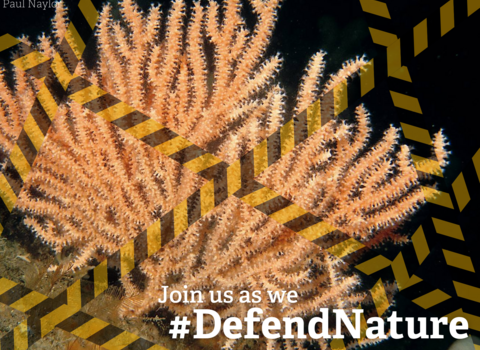This is the first such treaty in over 40 years, the last being the UN Convention on the Law of the Sea in 1982. I remember studying this as an A level student, and around that time my grandfather bought me a copy of the Times Atlas of the Sea, telling me that as a geographer I “really ought to be interested in this sort of thing”.
I took a while to be won over, but in time I found myself utterly absorbed in an alien world of submarine mountain ridges, abyssal plains, tsunamis and deep-sea trenches. The latter held a particular fascination as I wondered what surprises and horrors might be found in these strange, hostile places.
It's not just in the physical extremes like depth and remoteness that makes our ocean environment so captivating. It’s the sheer age of marine life that constantly astounds me. Animals first came ashore just over 350 million years ago, although scientists believe simple plants had colonised the land a little earlier. Life in the sea has been around for 3-4 billion years, ten times as long. Little wonder it has evolved some extraordinary forms. Take the otherworldly bioluminescent octopus, the barreleye fish with its translucent head and visible brain, the dream like “Pink see-through fantasia” which shows off all its internal organs. There are beauties like the exquisite leafy sea dragons and technicoloured nudibranchs, horrors like the vampire squid and the outright hideous blob fish, a gelatinous, muscle-free ghoul that feasts on any crustacean unfortunate enough to float into its grisly mouth. Life in our seas is about as varied, bizarre and extreme as anything the human imagination can conjure up.







